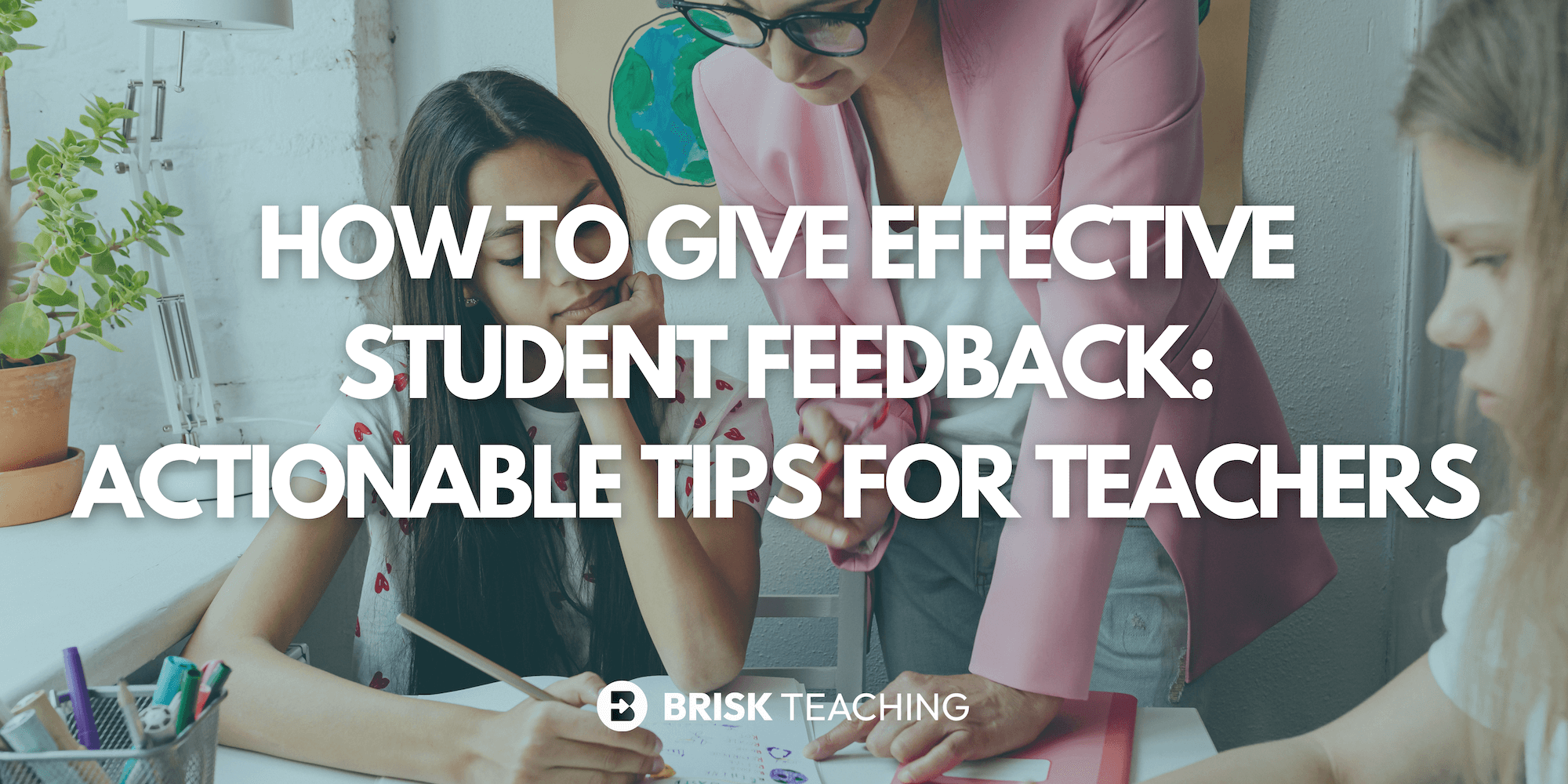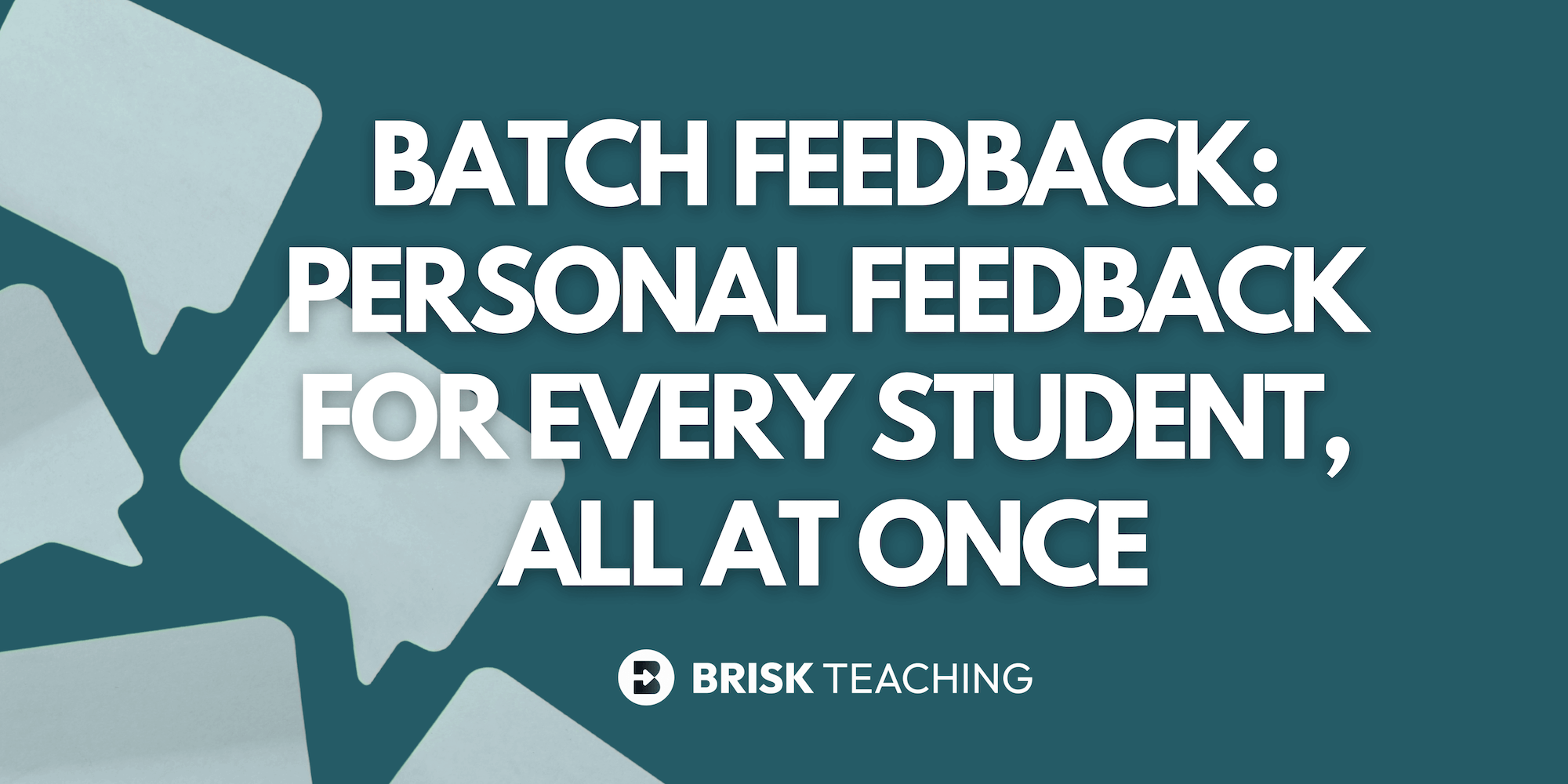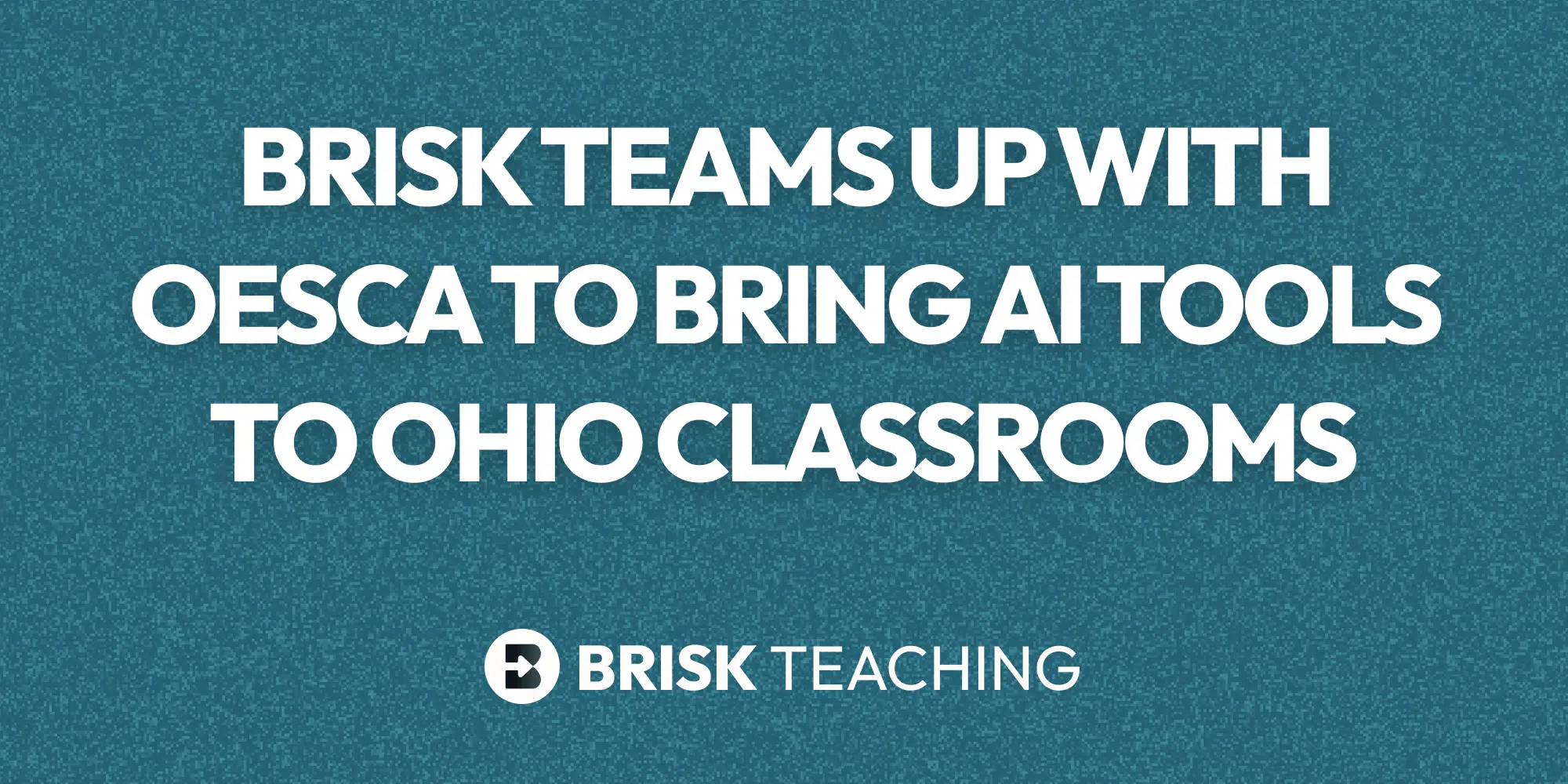If you’ve ever read a stack of student work and wondered what to say that actually helps next time, you’re not alone. Effective student feedback gives students a clear path forward, not just a score. In this article, you’ll find feedback strategies for teachers that are specific, timely, and feasible in real classrooms, underscoring the importance of feedback in teaching for confidence, independence, and community.
What Makes Feedback Effective
There are five core qualities that make feedback meaningful: specificity, timeliness, goal-linked, actionable, and process-focused. When each of these is in place, students see feedback not as judgment but as a roadmap for learning.
- Specific: Vague notes like “good job” don’t tell students what to keep doing. By pointing to a precise moment in their work, like saying “your introduction grabbed attention right away,” you help build clarity and confidence.
- Timely: Feedback lands best while the assignment is still fresh. Quick, constructive student feedback helps students remember their thought process and apply changes right away.
- Goal-linked: Connecting comments to a rubric, standard, or personal goal shows students why the adjustment matters. That link motivates them to keep working toward progress.
- Actionable: Instead of just marking what was missing, offer a next step. That kind of actionable classroom feedback gives students something concrete to try on the very next task.
- Process-focused: Remind students growth is ongoing. They may not leap from “developing” to “mastery” overnight, but steady progress is a win worth celebrating. (Sometimes a quick, “I can see how your transitions are improving!” goes further than you think.)
When you’re juggling a stack of assignments, personalizing every note can feel impossible. That’s where tools like Brisk’s AI Feedback Generator save time by drafting individualized comments you can quickly adapt, so students still feel seen, and you stay sane.
Actionable Tips for Teachers
Here are five simple feedback strategies for teachers to make comments both practical for you and powerful for students:
- Be Specific and Detailed: Giving specific student feedback is more than just praise. Vague notes like “good job” feel nice, but they don’t guide the next attempt. Clear feedback examples such as “your thesis makes your introduction strong because it sets up the whole essay” give students something to repeat. That kind of detail builds confidence and shows them what success looks like.
- Give Feedback Promptly: Timely student feedback helps students apply strategies while their thinking is still fresh. Same-day mini-conferences, next-day written notes, or even live peer check-ins keep progress moving. Prompt feedback in the classroom maintains momentum and reminds students that their work matters right now. Think of it as keeping the learning momentum going.
- Align Feedback With Goals: Students stay more motivated when they see goal-oriented feedback connected to rubrics, standards, or their own personal targets. Saying, “This meets our persuasive writing objective because your evidence supports your claim” shows why the adjustment matters. Linking feedback to learning objectives helps students see a clear path forward.
- Adopt a Supportive, Forward Focus: Positive feedback for students does more than celebrate what worked, it sets up future success. Reframing your comments into a next step, like “Next time, try starting with a stronger hook,” keeps the tone encouraging. This type of forward-focused feedback emphasizes possibilities and helps students stay resilient.
- Involve Students in the Feedback Process: The most powerful student-centered feedback often comes when students reflect on their own work or exchange peer reviews. Asking them to self-assess or set goals turns feedback into a habit, not just a teacher comment. These peer feedback strategies and simple self-assessment routines build independence and strengthen classroom community.
Structuring Feedback in Practice
If you’ve ever wondered how to structure student feedback so it feels consistent and clear, a few simple routines can make a big difference. When feedback follows a pattern, students know what to expect, which lowers stress and helps them focus on learning.
Glow and Grow Feedback Strategy
The Glow and Grow feedback strategy highlights what students are doing well and what they can improve. Start with a “Glow”, the strength you want them to keep building. Then move to a “Grow”, one specific step for improvement. This balance of positive reinforcement and actionable guidance helps students stay confident while working toward growth.
Example:
- Glow: “Your transitions between paragraphs made your essay easy to follow.”
- Grow: “Next time, add more evidence to back up your strongest points.”
Feedback Sandwich Method
The feedback sandwich method is another teacher favorite. Begin with a positive note (top slice of bread), layer in constructive feedback (the filling), and close with another positive (bottom slice). This keeps students motivated and frames improvement as part of the process.
Example:
- Positive: “Your introduction hooks the reader right away.”
- Constructive: “Be sure to cite your sources consistently throughout.”
- Positive: “You have a clear, confident voice that makes your writing engaging.”
Want to make these routines even easier? You can download Brisk to generate feedback notes in a Glow-and-Grow or Sandwich style, then tweak them for your students. It saves time and keeps your feedback student-centered.
At its best, feedback is more than a grade. It's a conversation that moves learning forward. When teachers use effective feedback strategies for teachers that are specific, timely, and actionable, students gain clarity and confidence. These habits of actionable feedback in education help students understand their progress, see their next steps, and feel supported in the process.
Remember, improving student learning through feedback doesn’t happen overnight. Try out different approaches, celebrate small wins, and adjust along the way. Each note you write, each conference you hold, is another chance to strengthen student ownership and classroom community.
Try one of these strategies in your next lesson and see how a small shift in feedback can make a big impact on student growth.
.svg)







